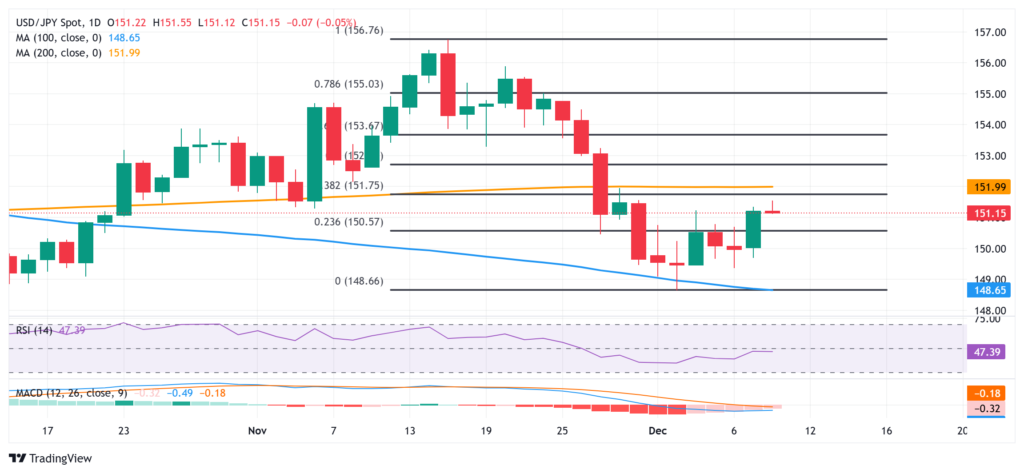The Australian dollar continued to face pressure Monday, holding onto losses from earlier in the session after China’s widening trade deficit raised concerns about economic growth in the region. The currency, often seen as a barometer for demand in commodities and closely tied to Chinese economic activity, dropped 0.4% to US$0.64, marking a second consecutive day of losses.
China’s trade data for November revealed that the world’s second-largest economy posted its largest trade deficit in more than a decade, reaching US$70 billion. While analysts were expecting a smaller gap, the data revealed sluggish exports and a significant dip in import demand, exacerbating worries over global growth and putting additional pressure on the Australian dollar.

In response to the weak data, market participants are weighing the possibility of further monetary easing from the People’s Bank of China (PBOC). A weaker yuan could add to the strain on the Australian dollar, already vulnerable amid rising interest rates in other major economies. The news prompted a brief rebound in the US dollar, which strengthened as traders favored safe-haven assets amid global uncertainty.
Despite the dip in the Australian dollar, experts say the currency remains supported by higher commodity prices and strong demand for Australian exports, with expectations of some stabilization in global trade. However, the outlook is clouded by concerns over a slowing Chinese economy, which could continue to weigh on the Aussie dollar’s performance in the coming weeks.
















